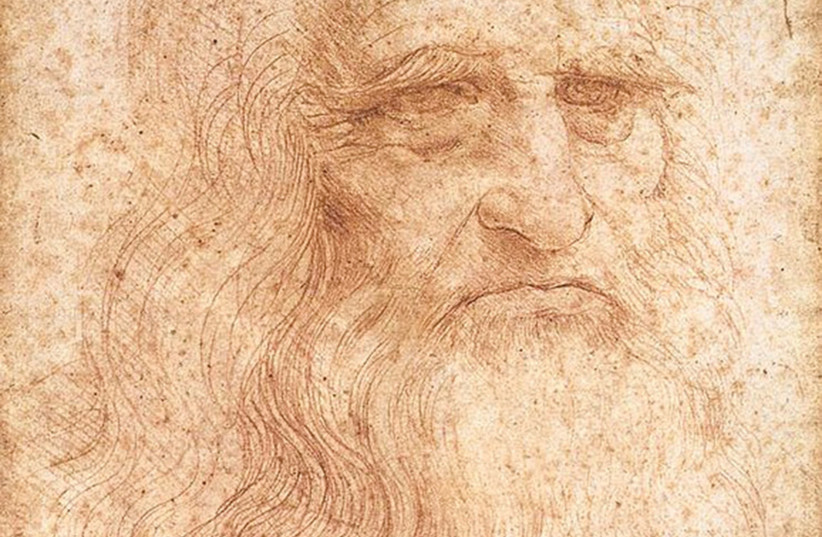Leonardo da Vinci was a genius ahead of his time: a man with many skills, including being a gifted painter. So why exactly is the anatomical illustration of the female genitalia he drew so inaccurate? Probably because he was interested in something else there.
Da Vinci's defective vulva
Da Vinci illustrated concepts, such as a helicopter, which would only become a reality 400 years after his death. He was an amateur anatomist and showed great interest in creating accurate drawings of the human body. Well, for the most part, anyway. The Vagina Museum in London displays an anatomical drawing of a vulva painted by Da Vinci, but it lacks several critical details.
The Italian High Renaissance polymath saw his interest in anatomy as a hobby and didn’t consider himself to be a professional anatomist, yet sometimes he published his anatomical drawings. One, the “Vitruvian Man,” is quite famous and shows what Da Vinci thought were the ideal proportions for the human body.
But he should have taken more time to study the anatomical structure of the vulva, because like many other men before – and since –he missed important details like the clitoris and inner labia. The reason for these inaccuracies, experts believe, is that the vulva wasn’t the reason Da Vinci invited a model over and took out his penis: It was the rectum that really interested him.
In an explanation for the illustration, the Vagina Museum staff explained that its focus isn't the vulva, but the rectum, as Da Vinci wondered how the sphincter muscles work.
The spiral illustrations around the page represent his theories about the structure of the sphincters. Therefore, he apparently decided to save himself some time on a detailed illustration of the structure of the vulva that also includes the clitoris and inner labia, and delved deeper into how the sphincters work.

A genius, not an expert
Unfortunately, even there it isn’t quite accurate.
Da Vinci assumed it was true that the muscles retract by a pulling motion only, and couldn’t push, but he didn’t really understand how the sphincter worked. Instead of an annular muscle, which tightens to close and releases to open up, he explained that five different muscles involved in the process are involved in performing one of the least attractive but most necessary human actions.
He also failed to formulate a theory about how the muscles he painted worked together. "Why an odd number of muscles, and if already symmetrical, why five, and not three or seven muscles?" Da Vinci wrote at the edge of the page, to which he didn’t have an answer.
You might think that Da Vinci had an unlucky day, was tired or just skipped this particular illustration, but it's precise enough to catch a certain drop in the shape of the model's pelvis by which he illustrated this anatomical drawing.
The Royal Collection Foundation, in writing about the illustration, stated that the urethral opening is butterfly-shaped, and since this woman went through several births, she may have suffered from organ prolapse caused by weakness in the pelvic floor muscles which, among other things, holds the bladder in place.
